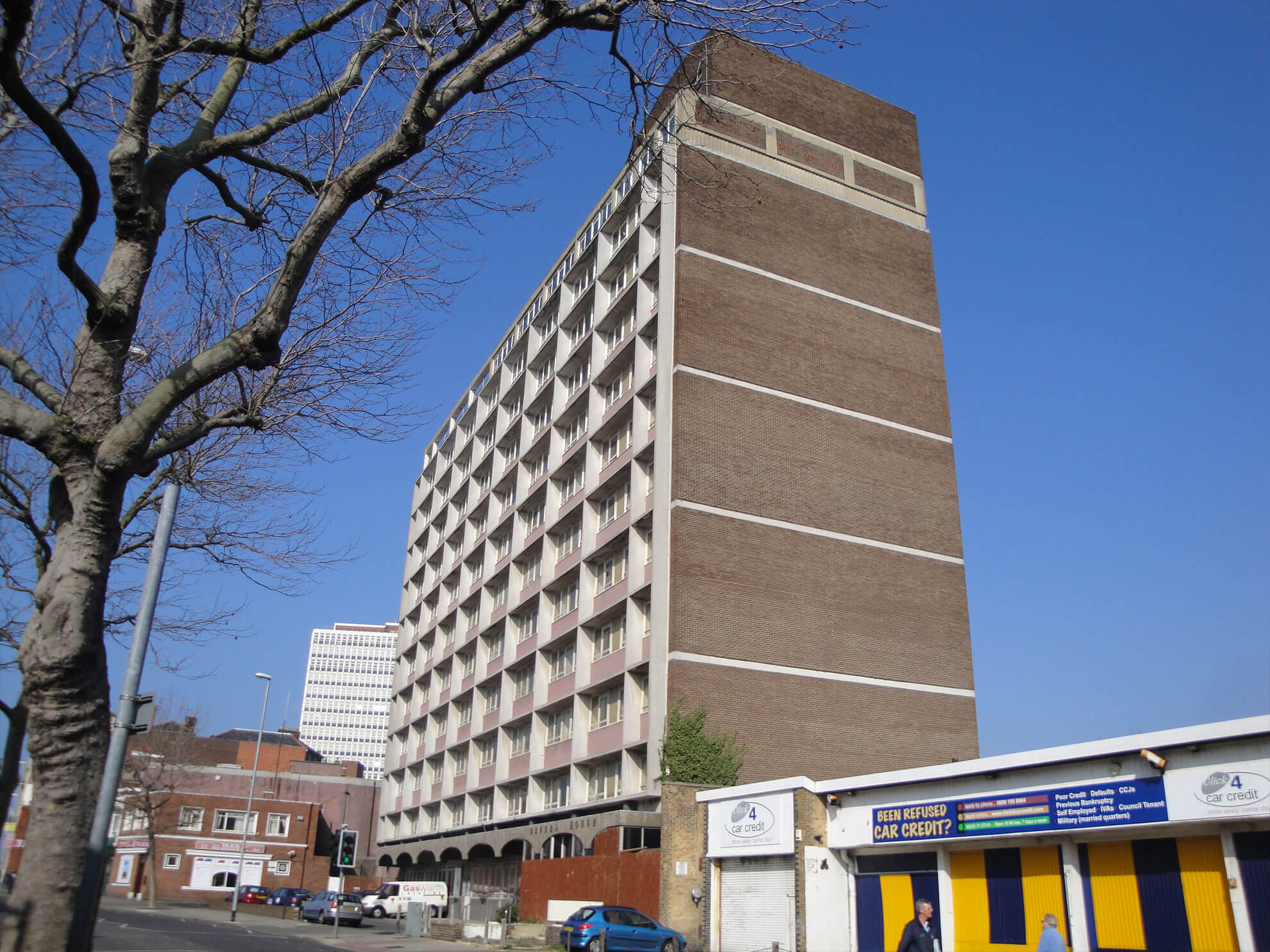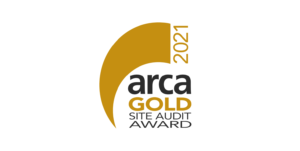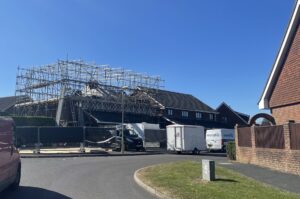Merryhill recently completed a major licensed asbestos removal project in Portsmouth. Brunel House had been left empty and in a state of disrepair for a number of years.
Following a redevelopment plan, the former office block is now planned to be converted into apartments.
Merryhill were contracted by the developer to completely decontaminate the rooftop plant room which was contaminated beneath paintwork with asbestos lagging residues.
As the room was going to be reconfigured and new penetrations made to the room could not simply be re-encapsulated, but required a full removal and decontamination.
The project posed unique challenges as the plant room was located on the 12th floor. This meant transiting waste harder than on the ground. Also, to reduce the length of the transit routes, Merryhill opted for the use of a modular decontamination unit to be built near the working area, rather than transiting to the ground.
Wet Blasting
Merryhill has carried out a number of similar projects recently where previously encapsulated walls and ceilings needed to be asbestos-free prior to demolition.
For large-scale projects such as this one where over 150m2 of walls needed to be cleaned, Merryhill uses a technique called wet-blasting.
All of our operatives are trained to use this technique where a blast media (fine grit) and water are used to remove any contamination from solid walls, floors and ceilings.
The technique is much more efficient that wire-brushing on larger projects and means that any fibres can be suppressed throughout the process as water is used. During the project, Merryhill carried out 6 separate personal monitoring results which all showed the technique was safely below the control limit.





